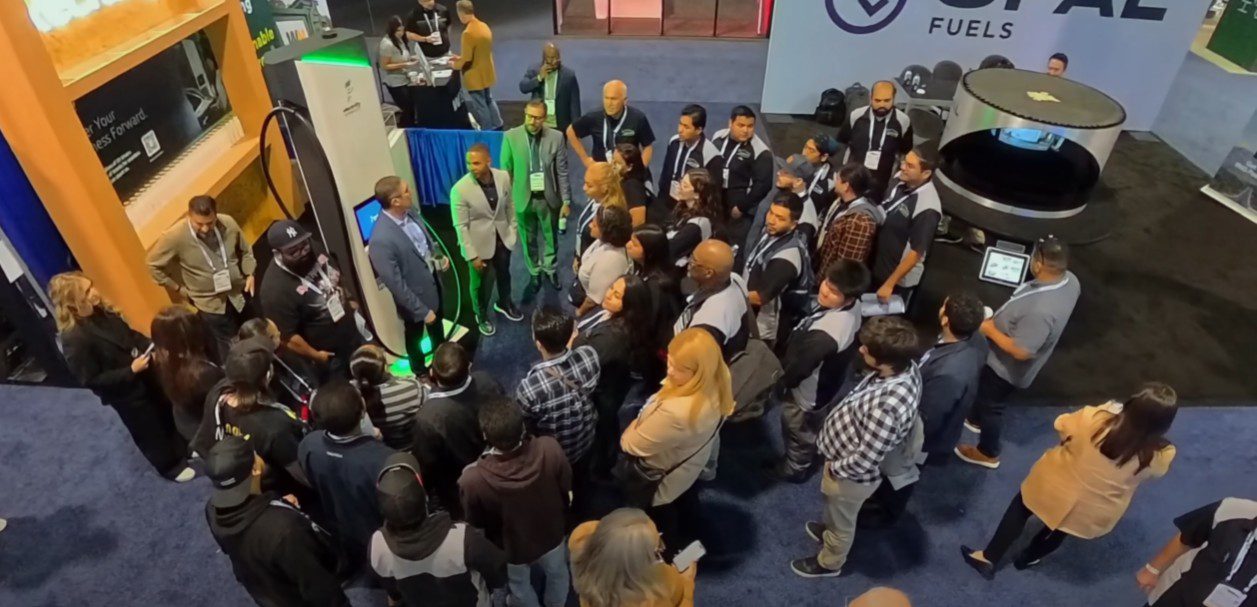The California Hydrogen Leadership Summit met in Sacramento, Calif., last month to advance strategies for moving hydrogen fuel cell technology forward as a clean transportation option, particularly for heavy freight.
Source: Government Technology

Policy mandates like the California Advanced Clean Fleets rule, which will require fleets of all sizes — operated by both public and private organizations — to be zero emission by 2045 are pushing zero-emission transportation technology. Major operations like the ports in Long Beach, Los Angeles and Oakland, Calif., are quickly transitioning to a future that does not include diesel-burning drayage trucks and other vehicles.
However, happening alongside this are other projects focused on port activity which would advance the battery-electric side of the clean transportation balance sheet. Forum Mobility is developing a large charging depot in the Bay Area designed to serve drayage trucks at the Port of Oakland. The Greenville Community Charging Depot in Livermore, meanwhile, will be capable of charging 96 trucks with 100 percent renewable energy.
Meanwhile, the South Coast Air Quality Management District has been involved with the Joint Electric Trucks Scaling Initiative (JETSI) in Southern California to deploy 100 drayage trucks, complete with charging infrastructure. The project includes partnerships with Daimler Truck North America and Volvo Trucks North America, and also includes the development of microgrids, DC fast chargers and more.


